Amongst equestrians the term “colic” is often approached with apprehension. Colic is a potentially deadly condition that can strike at any time. Equine colic refers to the instance when a horse has abdominal pain. There is a wide spectrum of severity in colic conditions that a horse can experience. This can range from simple abdominal pain that can be cured with veterinary administered medicine, to a twisting of the intestines, which can cause a blockage that requires surgery. The worse equine colic scenario could end in death — if the condition is severe enough and left untreated for too long.
It has been shown that the risk of colic is particularly high during winter. To help you better manage colic, consider the tips below. It is important to note that if you think your horse is experiencing colic, immediately call your veterinarian. Colic is extremely dangerous and should be treated by a professional.
Tips to Help Avoid Colic
To better avoid winter colic, it is important to first understand a few precautionary tips to aid in preventing this medical emergency:
- When you are transitioning horses to new hay or feed, try to make the transition slowly. Starch, protein, and sugar components of hay are digested in a horse’s small intestine, so it will take time for the digestive enzymes to adjust to changes in feed or hay — making the feeding changes gradually will give your horse time to adjust. If you make the change too quickly, your horse could become more prone to colic. Most people know they should transition slowly when adding or changing grains and other concentrates. However, it is important to realize that a change in forage, including hay types, should also be made gradually. This is because the protein, sugar and starch components of hay are digested in the small intestine, and while digestive enzymes there can adjust to changes, it takes time. Rapidly changing a horse’s feed or hay can cause gas and possible displacement of the colon, diarrhea from incomplete fermentation, and even changes in how well the intestine contracts or moves food. All of the latter symptoms could cause a horse to colic.
- Dehydration can also lead to impaction (a symptom of colic). A 1,200-pound horse should consume an average of four to five gallons of water per day. During the winter, some horses have a tendency to drink less water. Make sure to check your horse’s water on a daily basis. Keep in mind that warm water can often be consumed more readily, especially when it is cold outside.
- Inactivity can increase the likelihood that a horse could experience colic. If possible, do not reduce your horse’s turnout during the winter, unless the weather is particularly severe. If your horse is stuck inside a stall for a few days, be sure that it consumes enough water, and that it is able to at least go for a short walk. Encouraging movement can help a horse to avoid inactivity that could cause colic.
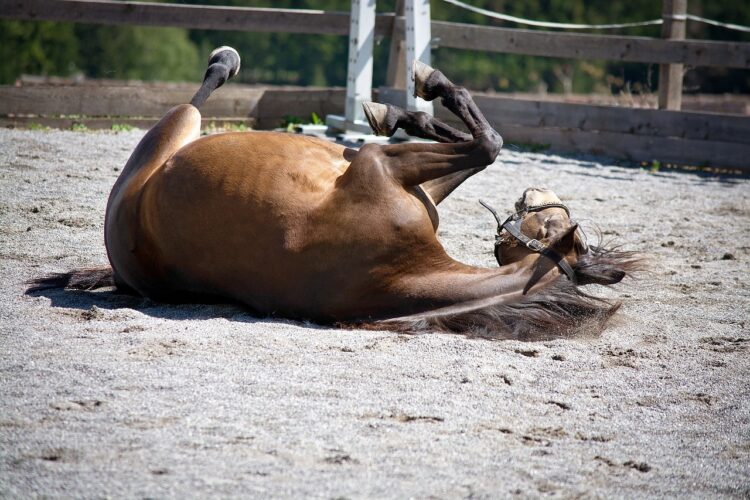
What to Do When Your Horse Has Colic
The first thing that you should do if your horse is experiencing colic, is to call your veterinarian. A vet should be able to advise you on the next course of action, which might entail administering Banamine, hand walking your horse, removing food from the stall or arranging for the vet to make an emergency visit. All too often, a simple abdominal pain can turn into a severe case of colic. With this in mind, here are a few additional symptoms that you can look for:
-
-
- Extreme distress and sweating profusely.
- Constipation.
- No desire to eat grain or hay.
- Excessive stomping.
- Pacing throughout the stall.
- Continuously getting up and then rolling on the ground.
- Looking at their own stomach
- Severe discomfort, accompanied with a fever or any of the above symptoms.
-
It is important to note that the above symptoms are not a comprehensive list. When in doubt, call your vet to be on the safe side. While you are waiting for your vet to arrive at your stable, follow their instructions closely and continuously monitor the health signs of your horse.
Author Bio
Guest post courtesy of Ashly Snell. Ashly works in Dover Saddlery’s digital marketing department. Although known for their high-quality tack, equestrian gear and other products that are available through their catalog and website, they also have Dover Saddlery Retail Stores. The views and opinions expressed in this article are those of the guest author and do not necessarily represent the views of Val Heart & Heart Communication Enterprises Inc.
This article was previously published April 8, 2015, and was updated on October 8, 2023
Enjoyed this article? Here are three more about horses:
Can Iodized Salt Help Make Your Horse Healthier?
12 Things You Didn’t Know About Elise Gaston Chand and Horse Whispering

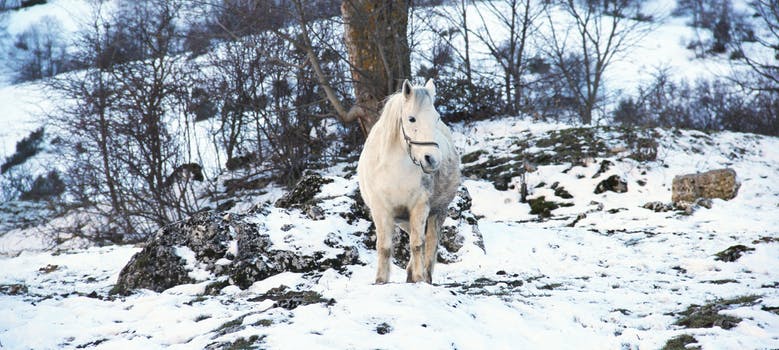
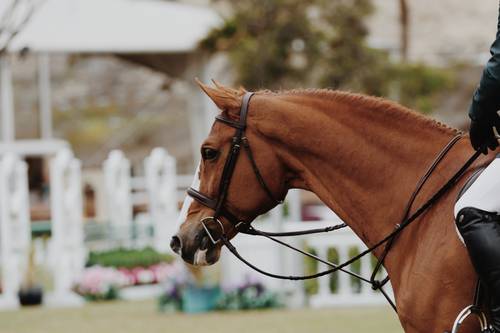
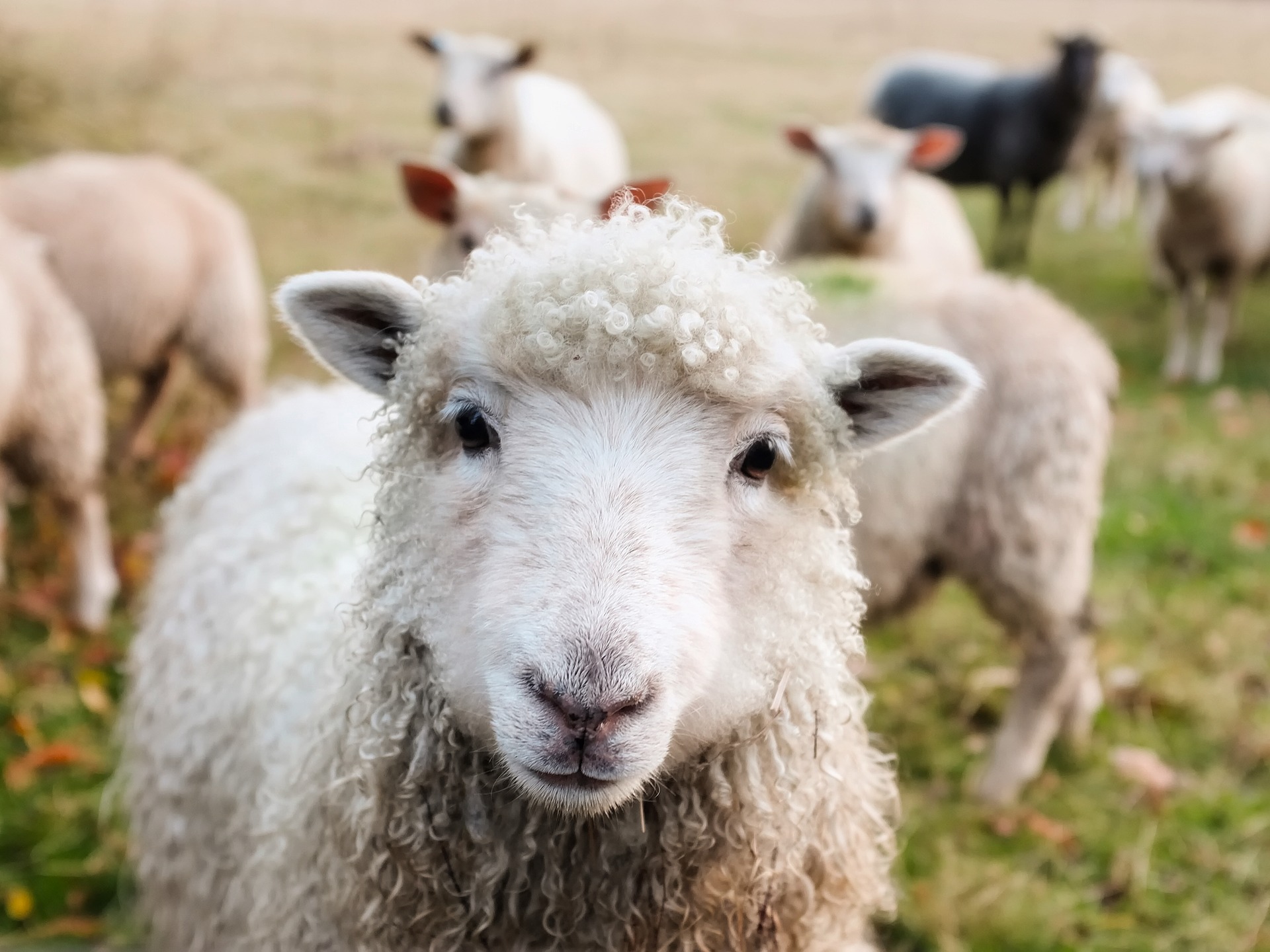
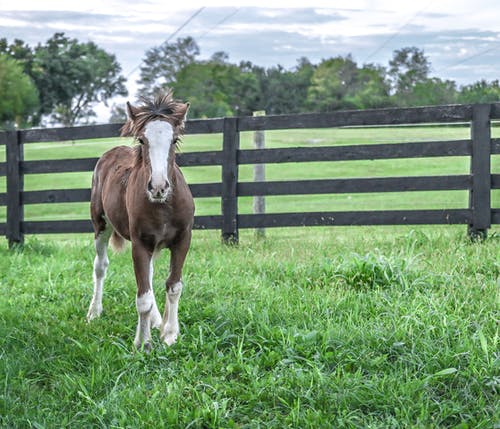

Leave a Reply